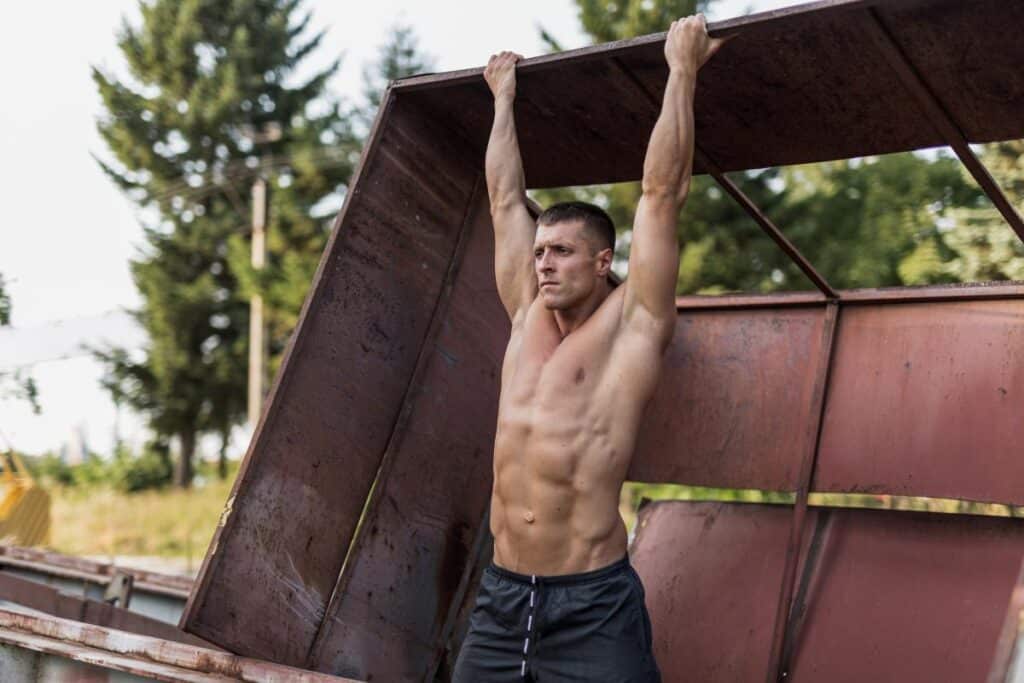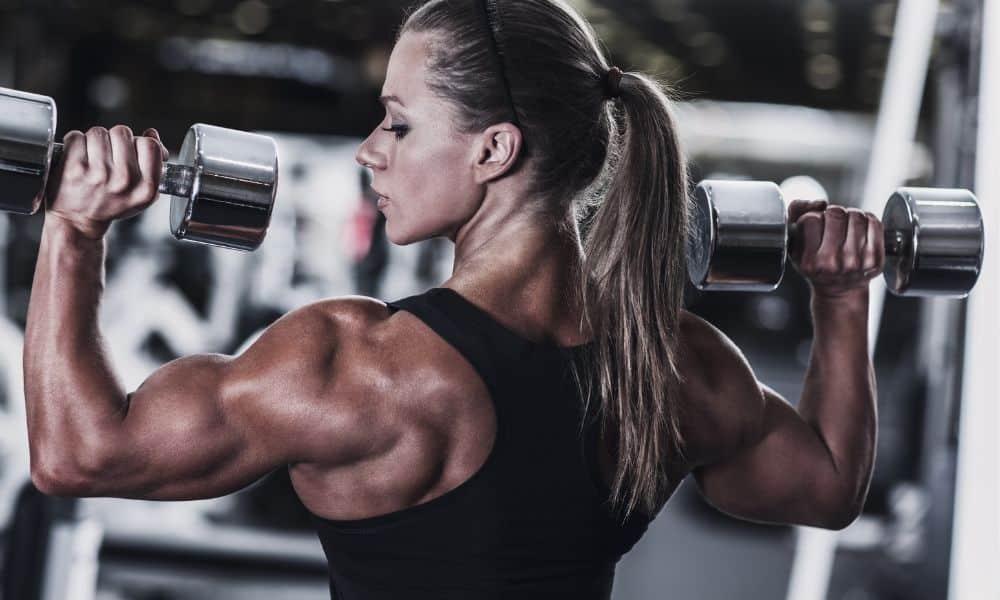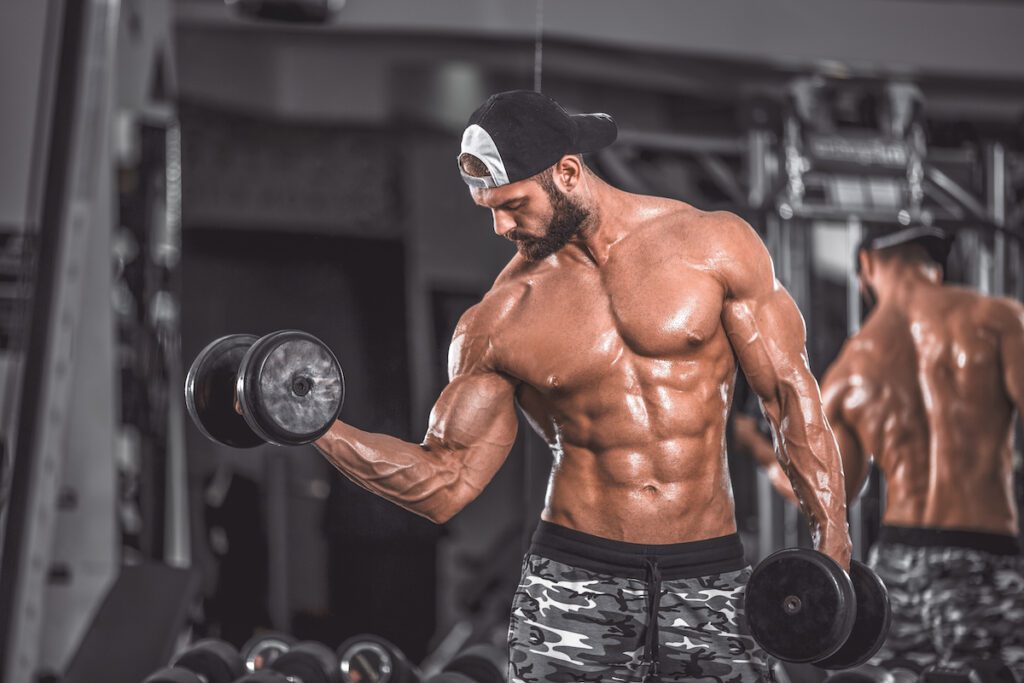The Bronze Era of Bodybuilding, from the late 19th century to the interwar period, was a time of great transformation in pursuing physical fitness and strength. During the Bronze Era of bodybuilding, individuals relied on natural training and technique methods, bodyweight exercises, and functional movements to develop impressive physiques without modern steroids.
Understanding the training techniques used in Bronze Era bodybuilding provides valuable insights into the origins of bodybuilding and the principles that continue to influence fitness practices today.
Ancient Training Methods for Strength and Physique:
In the Bronze Era, the foundations of physical training were rooted in ancient civilizations’ practices. While formalized bodybuilding was not yet fully developed, ancient cultures understood the importance of physical fitness for overall well-being. Activities like wrestling, weightlifting, and calisthenics were part of many societies’ physical cultures, emphasizing strength, agility, and aesthetics.
Role of Calisthenics, Bodyweight Exercises, and Functional Movements:
Bodyweight exercises and calisthenics were central components of training during the Bronze Era. These exercises, which utilize an individual’s body weight as resistance, were valued for their practicality and effectiveness in building strength and muscular development.
Push-ups, pull-ups, dips, squats, and various bodyweight exercises formed the core of bodybuilding routines. These movements targeted different muscle groups and allowed individuals to develop functional strength that could be applied to real-life situations. Focusing on functional movements made sense in a society where physical labor and athleticism were highly regarded.
Utilization of Natural Elements and Environments:
One of the defining features of Bronze Era training was the use of natural elements and environments for exercise. Unlike today’s gym-centric approach, individuals in this era took advantage of their surroundings to train their bodies.
For instance, dunes and beaches provided unstable surfaces for workouts, challenging balance, and stabilizing muscles—rocks and logs served as makeshift weights for resistance training. Climbing trees and walls improved upper body strength and grip. This integration of the natural environment into training routines added an element of practicality and adventure to the pursuit of physical fitness.
Outdoor training was practical and aligned with the era’s appreciation for nature and physical prowess. Physical culturists and strongmen often showcased their abilities in public spaces, attracting crowds and inspiring others to prioritize fitness and strength.
Emphasis on Discipline and Consistency:
Bronze Era bodybuilders understood that achieving impressive physiques required discipline and consistent training and techniques. Unlike the modern approach, where shortcuts and performance-enhancing substances are sometimes sought, individuals embraced the process and appreciated the journey toward physical excellence during this era.
Consistency and dedication were essential without modern training equipment and facilities. Bronze Era bodybuilders often had limited resources and relied on their motivation and commitment to improving their bodies.
Conclusion:
The training methods and techniques used in Bronze Era Bodybuilding offer a fascinating glimpse into the origins of modern fitness practices. During this period, natural training methods, bodyweight exercises, and functional movements formed the cornerstone of physical fitness regimens. Appreciating nature and integrating the natural environment into training routines added a unique dimension to pursuing physical excellence.
Bronze Era bodybuilders understood that strength and physique were not merely about appearance but also about developing functional and practical abilities. Their commitment to discipline, consistency, and hard work is an enduring example of how dedication to natural training can lead to impressive physical transformations.
Today, as we continue to explore the realms of fitness and strength training, we can draw inspiration from the simplicity and effectiveness of Bronze Era training techniques. By embracing bodyweight exercises and functional movements and incorporating elements from the natural environment, we can honor the legacy of Bronze Era bodybuilding while fostering a deeper connection with our bodies and the world around us.
If you love bodybuilding, share this article on Facebook or Twitter so that others can learn more about building muscle.




